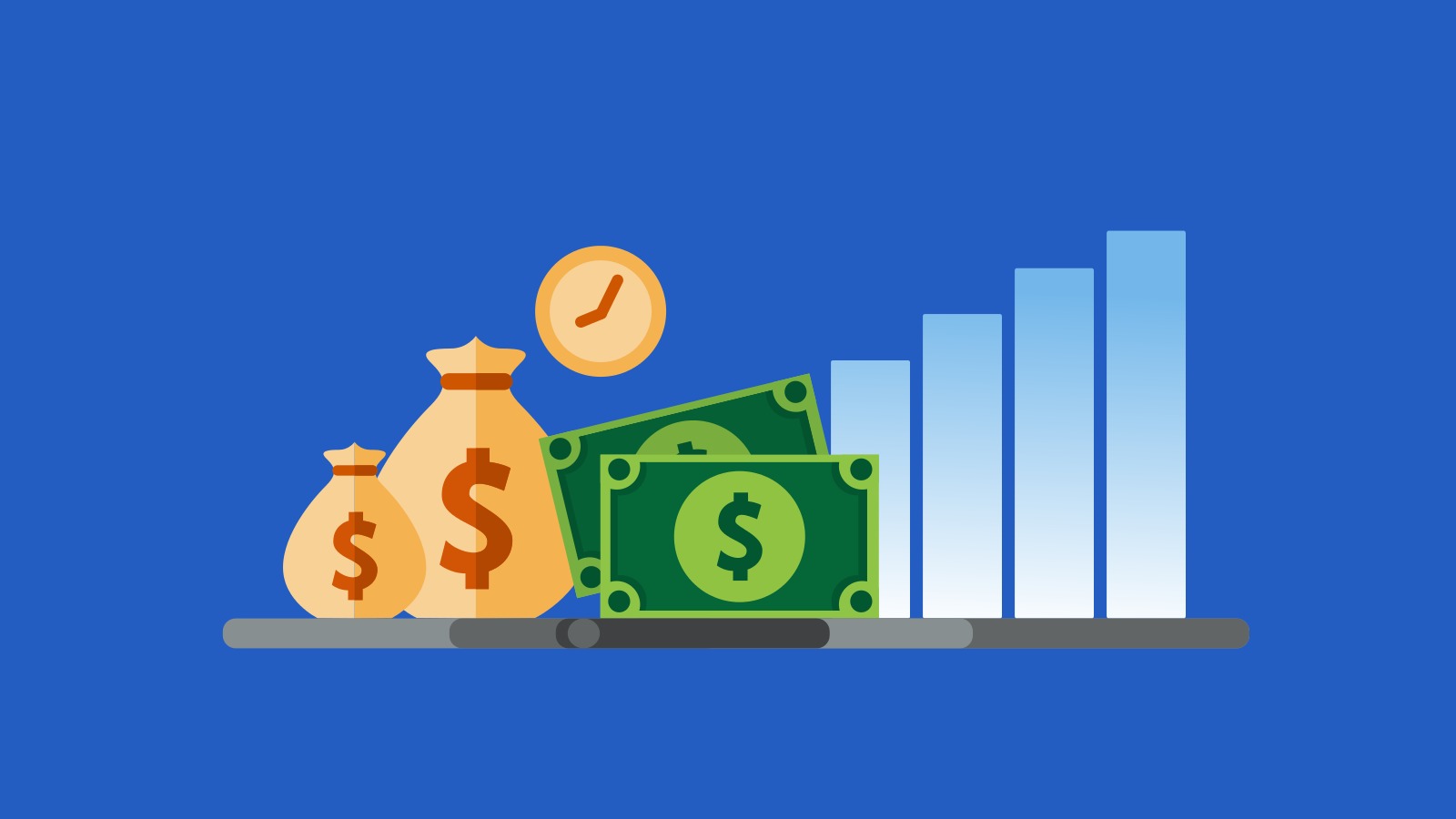media update’s Aisling McCarthy looks at what the optimal length for content is.
With the world more connected than ever before, people are constantly turning to the Internet for answers to their questions: from ‘best restaurants near me’ to ‘optimal length for content’. So, marketers have to make sure they produce content that considers the readers’ needs and addresses those needs. Sounds simple enough, right?
First things first, what defines short-form and long-form content?
- Short-form content is typically classified as being 1 000 words or less. Think social media posts, blogs and emails.
- Long-form content is generally classified as being 2 000 words or more in length. This is generally seen in step-by-step guides, ebooks and whitepapers.
While there is no ‘perfect’ length for all content, which ensures it will be read by masses of people, there are some preferred lengths – depending on the type of content you are producing and who it is aimed at.
Let’s take a look at the five steps you’ll need to take before creating your content:
Step 1: Consider how much your consumers know
So you’ve got your buyer persona down to a fine art, but ask yourself where in the buyer's journey the consumers you are trying to reach are.
There are four possible answers:
- Awareness: The content you are producing is aimed at making people aware of certain concepts or services.
- Consideration: Your content is aimed at helping consumers decide whether or not they need the product or service you offer.
- Preference: The content intends to convince consumers that when they are ready to buy the product or service you offer, they’ll choose your brand.
- Purchase: Your content is for consumers who are ready to purchase your brand’s product or service and want to know more about it.

Remember that each piece of content you put out shouldn’t necessarily be aimed at consumers in the same stage of the buyer’s journey.
media update top tip: As seen above in the buyer’s journey graph, there will be far more consumers in the ‘awareness’ stage than in the ‘purchase’ stage.
When putting your content together, 70% of it should be for ‘awareness/consideration’ stage consumers and 30% for ‘preference/purchase’ stage consumers. Producing content at this ratio will help you to catch the large numbers of consumers at the top of the funnel, and help guide them slowly through their purchase journey.
Keep in mind that if you are offering a brand a new type of product or service, you will have to produce even more content for awareness. Make sure your target market is aware of what it is that you offer.

Step 2: How interested are your consumers?
Before you spend hours working on long-form content, or quickly put together some short-form, consider how interested your consumers are likely to be in the content you are producing.
Remember that no one will read lots of information on a topic they are not interested in. If you’re putting out long-form content and consumers are not interested – you’ll likely annoy them with lengthy information and risk damaging your brand’s reputation.
Broader topics might yield more reads than niche topics, but people in niches are often further ahead in their buyer’s journey. If you offer a very specific, niche product or service you can be pretty sure that the consumers who take the time to look at your content are actually interested in it.
For example, if you put out content that is about gardening in general, you’ll get a lot of people interested in it. However, despite the large number of people who would be interested in that content, very few would be willing to sign up for a list of tips on growing rare plants.
The length of each piece of content you produce depends on how much enthusiasm your readers have. This is why it is important to precisely consider the
intent and the
interests of your audience before you start producing content!

3. What resources do you have for content production?
Before you decide on the type of content to produce, you first need to consider the resources you have available. Excellent content can take large amounts of time and money to produce – so ask yourself how much you have available to allocate to that piece on content.
It’s pretty obvious that long-form content takes far more time to produce than short-form content does. So you need to prioritise the kind of content you write based on your consumers. Researching, creating, editing, optimising and publishing content can take a long time – so make sure you’re spending time on the right content.
media update top tip: Regardless of whether you are producing long- or short-form content, make sure it is both enjoyable and valuable for your readers.

4. What are your consumers looking for?
We’re almost ready to produce that content! But first, what exactly are your consumers looking for? Try searching for your brand’s name or related keywords to find out.
There are some great tools out there that can give you more information about your consumers. Why not try:
- Google Trends: Find out which topics have been the most searched on the site over a period of time. You can also see if certain keywords have appeared in Google News and investigate geographical search patterns. It’s a great tool for keeping track of what topics are getting traction – and it’s updated hourly.
- Keyword Tool: Use this to find out actual phrases that people search for. It’s split up by platform, country and, in some areas, even language! The tool also offers a list of relevant keyword suggestions for SEO, PPC campaigns, articles and niche evaluations.
What do you do once you know what people are searching for?
SEO. SEO. SEO.Optimise your content by using relevant, SEO-friendly keywords. Also make sure that your work
actually answers the questions that consumers have. Remember that the closer your content matches what consumers are searching for, the higher search engines will rank your work.
Remember that your content (regardless of length) should be reader-friendly. So don’t forget to use subheadings to appeal to those readers that skim for the exact things that they are looking for.

5. What is the goal of your content?
What exactly do you want to achieve with your content? Since you’ll be spending valuable time and money producing it, you’ll need to know what you want from it to measure its ROI.
Since both long- and short-form content have their benefits and drawbacks, let’s look at when each type may be the right choice.
Choose long-form content for:
- Products and services that require more commitment to purchase
- B2B sales – as these are generally high-ticket items
- Products and services that need information-based marketing
- Technical products and services that need complex terminology explained for a proper pitch
Choose short-form content for:
- Less-expensive or commonly-used products and services that people know about
- Broad content than is making people aware that a concept or brand exists
- Overviews and definitions

With all of that in mind, you’re ready to produce your content!
Armed with the knowledge of who you’re targeting, what they’re searching for and how ready they are to commit to your brand, you’ll be able to make the most informed choice on whether long-form or short-form (or even somewhere-in-the-middle-form) is best.